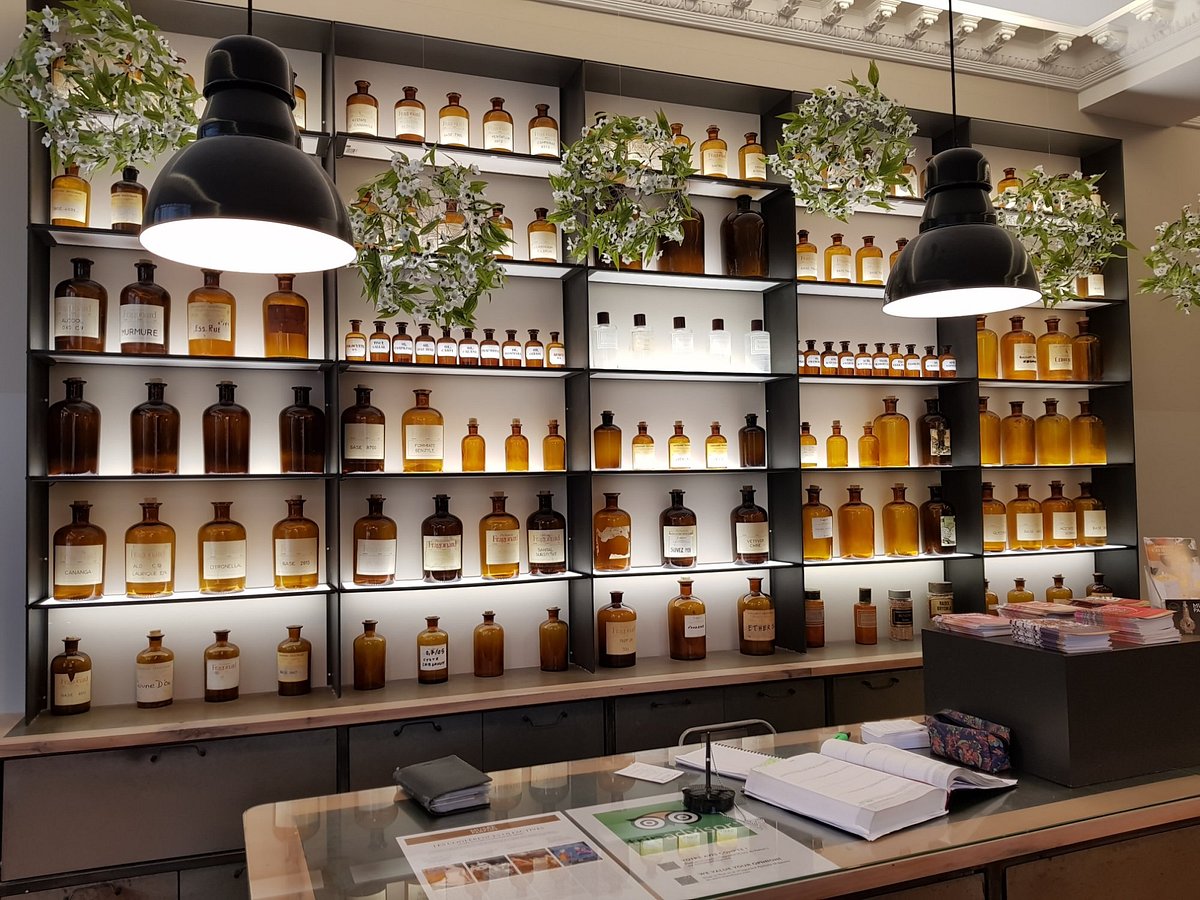Tucked away in Paris’ Opéra Garnier quarter, the Musée du Parfum Fragonard is a charming spot that feels like a well-kept secret. Whether you’re a perfume enthusiast or just curious about the world of fragrance, this museum offers a fascinating glimpse into the history of perfume, from ancient times to modern-day craftsmanship. And the best part? It’s completely free.
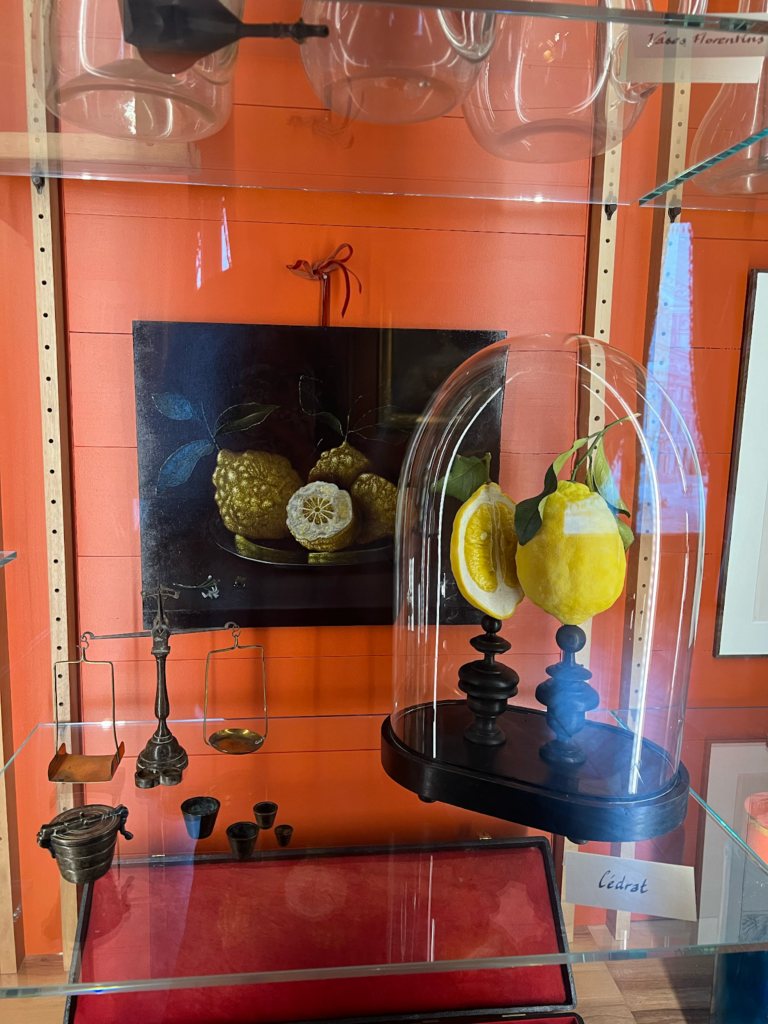
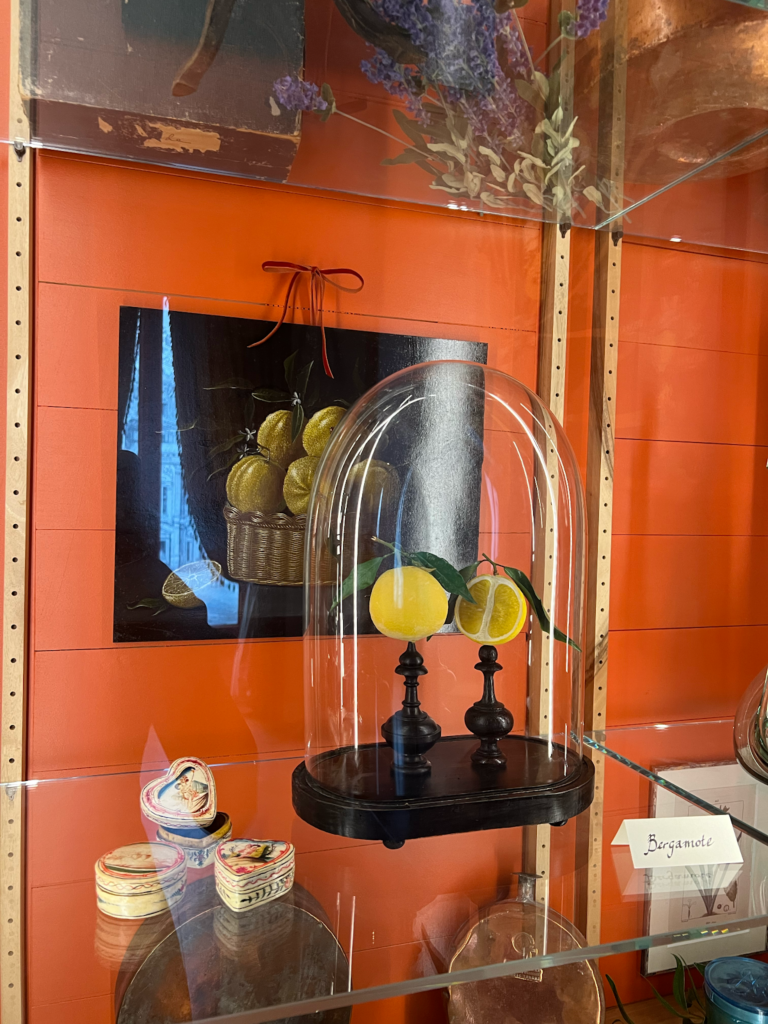
As I walked in, I was immediately drawn into a world of scents. A quick scan of the QR code on my phone activated the audio guide, and I was set to explore. The first room introduced me to the different fragrance notes, with a fascinating map that traced the origins of key ingredients like Italian bergamot and Australian sandalwood. Set up like a cabinet of curiosities, the space had apothecary jars, vintage instruments, and botanical illustrations that gave me a glimpse of what perfumers used centuries ago. The interactive map took me on a fragrant tour around the world, highlighting flowers like Chinese osmanthus and Turkish roses—allowing me to appreciate just how global perfume-making really is.
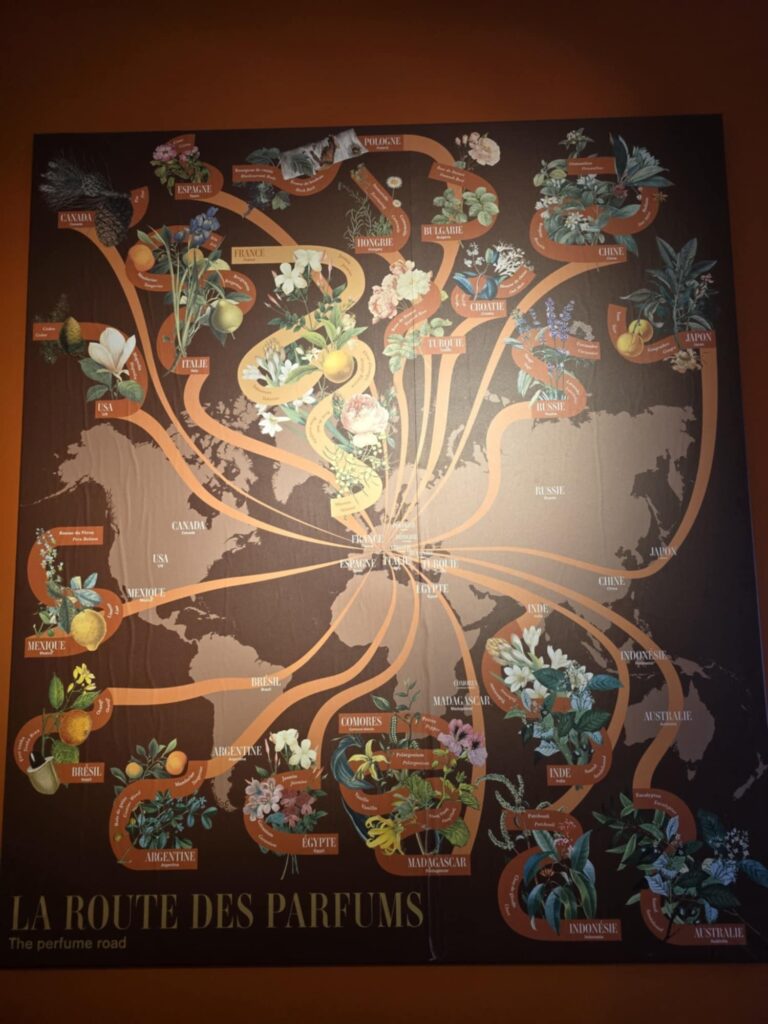
In the next section, I was greeted by a beautiful collection of antique perfume bottles. These bottles weren’t just practical containers but works of art in their own right. There were kohl pots from Ancient Egypt, vinaigrettes, and elegant perfume flasks from the 20th century. The museum’s 19th-century-inspired scenography added an extra layer to the experience, with its red walls, salon-style paintings, and carefully displayed objects d’art that helped to tell the story of Parisian perfume history. It’s a cozy and enriching museum that offers a thoughtful dive into the world of perfume without feeling overwhelming.
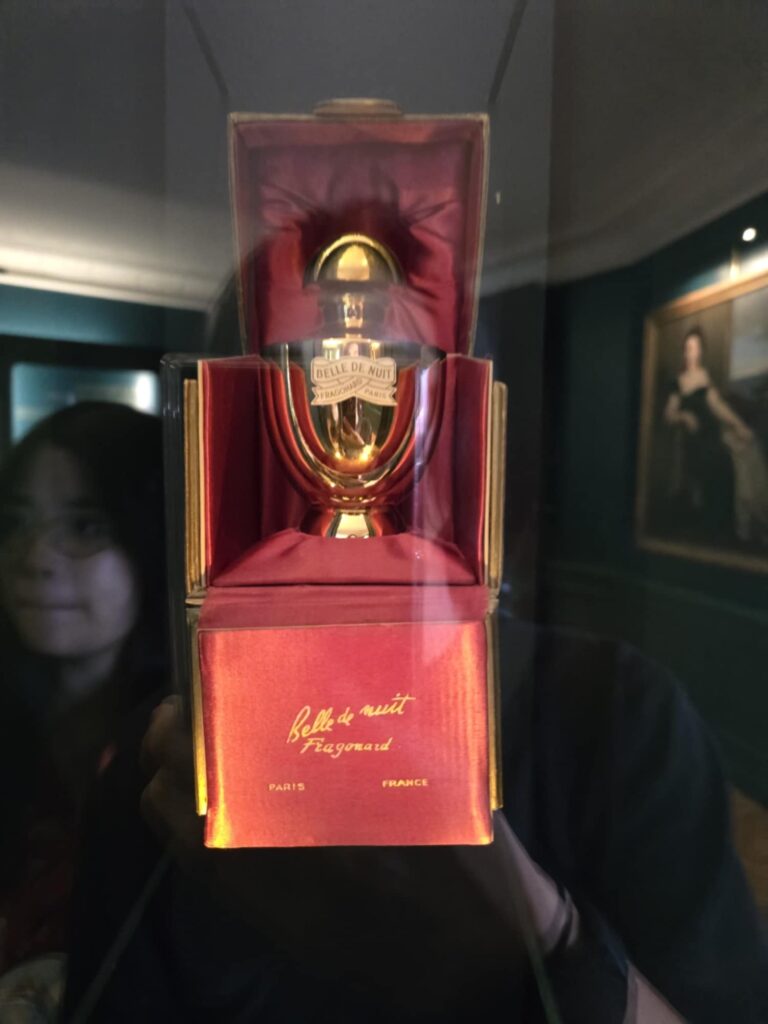

One of the most interesting parts of the museum was the “still room,” where I got to peek into the process of early 20th-century perfume production. The room was filled with old photographs, archive films, and large stills that had once been used to distill fragrances. It really highlighted how, even though perfume-making has evolved, the essence of the craft remains steeped in tradition. The people who grow, blend, and bottle these perfumes are still at the heart of the process, keeping that human touch alive in an increasingly mechanized world.

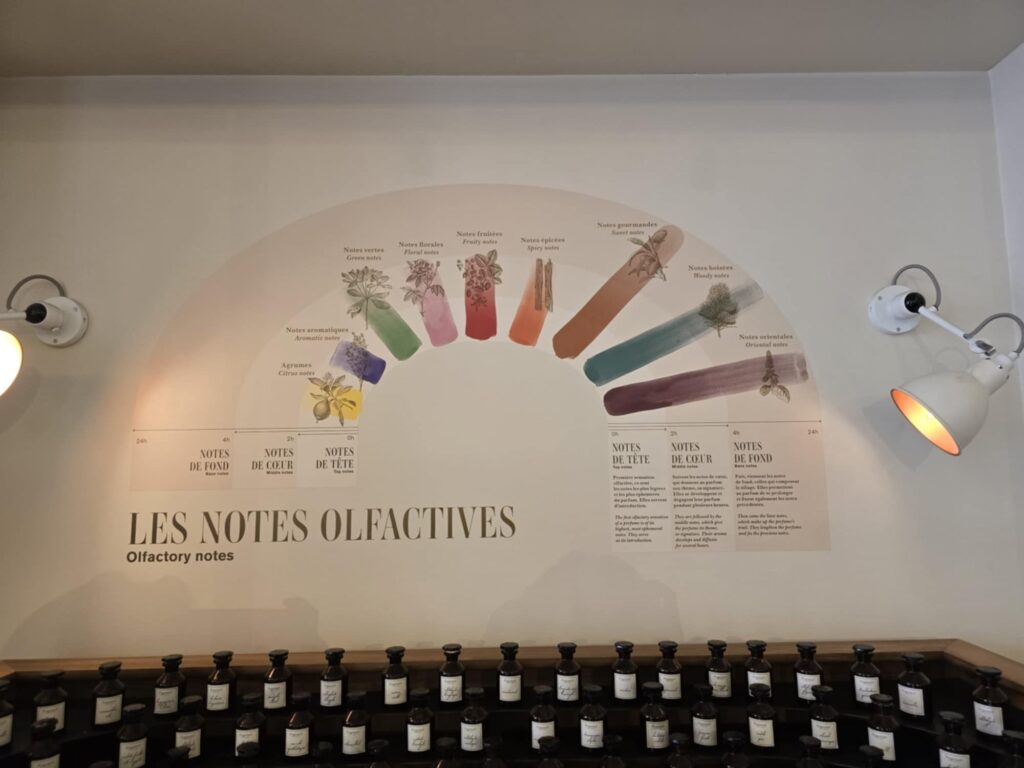
After soaking in the history, my final stop was the Fragonard perfume shop. The air was filled with the enticing scents of roses, jasmine, and other fragrances that had been carefully crafted into perfumes, soaps, and candles. The shop felt like a little treasure trove, and I spent some time exploring the beautifully packaged products.

Whether you’re in search of your next signature scent or simply curious about the history behind fragrances, the Musée du Parfum Fragonard offers an experience that’s as informative as it is enjoyable. It’s a perfect, underrated stop in Paris that blends craftsmanship with history in a way that’s easy to appreciate.
